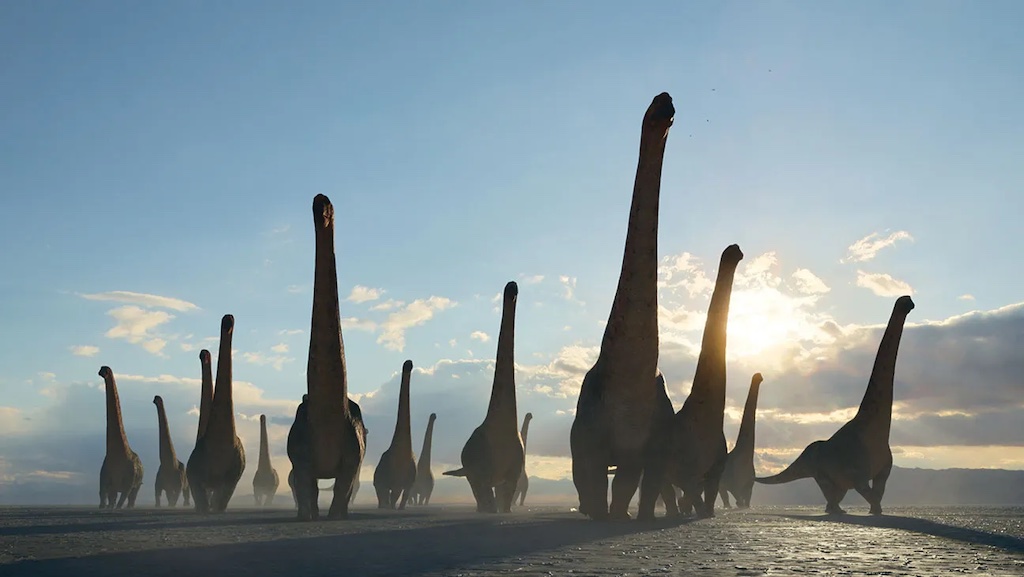TBI Tech & Analysis: How the big beasts of the global TV & video markets compare
We might be living through a period of retrenchment when it comes to content spending but revenue across the TV & video landscape shows a sector in stable health, writes Omdia’s Adam Thomas.
Omdia data shows that in 2023, the total value of TV & video revenue reached $597bn, with the US being the biggest contributor at $262bn.
The US remains the overwhelming leader but its share of revenue dropped from 44.5% in 2016 to 43.8% in 2023 and is forecast to be 40.4% in 2028
These figures include revenue from pay-TV subscriptions and transactions, linear TV advertising, online video subscriptions and transactions, in-stream online video advertising, public television and physical video.
There are few surprises when looking at the countries that make up the world’s top 10 most valuable TV & video markets.
The big three from Europe are there (UK, Germany, France), while Brazil represents for Latin America.
Asia is well represented, with China, Japan, South Korea and India all in the top 10, while North America accounts for the other two through Canada and, of course, the US.
Canada & India move up global TV rankings
The top 10 countries remain the same throughout the 2016 to 2028 period, although some notable changes are taking place within the rankings.
Canada, for example, has moved from being the world’s eighth most valuable market in 2016 to sixth in 2023 – assisted by growth from a pay-TV market that is proving more resilient than many, much of it built on the popularity of IPTV.
The long-held promise of the Indian market is also coming to fruition, with the country having moved from tenth place in 2016 to ninth in 2023 and with Omdia forecasting it to be placed eighth in 2028.
There are also some interesting movements taking place a little lower down the rankings – Mexico, for example, moved up from 13th position in 2016 to 11th in 2023
The most eye-catching country moving in the opposite direction is Brazil, which fell from sixth position in 2016 to eighth in 2023.
It is recovering from a period of financial difficulty and, like many countries, is facing some decline in its lucrative traditional TV businesses – which generated $12bn in 2016 – but it is a little further behind the curve, in global terms, than many of its peers in replacing that revenue with online video alternatives.
Brazil, however, remains a market of significant potential, and Omdia expects it to retain its position in the top 10 in 2028 but to be a further place lower in ninth.
There are also some interesting movements taking place a little lower down the rankings. Mexico, for example, moved up from 13th position in 2016 to 11th in 2023.
This progress is being helped by Mexican pay-TV revenue remaining stable, assisted by a trend amongst its operators to adopt aggregation strategies that ensure pay TV remains relevant while also helping online video grow at the same time, so creating a virtuous cycle for both.
Omdia expects Mexico to be vying with South Korea for a place in the top 10 come 2029-30.
Global TV & video revenue to hit $685bn by 2028
The global revenue total itself points to ongoing healthy growth for the industry at large. Having generated revenue of $505.4bn in 2016, the 2023 total of $597.4bn was 18.2% higher. Omdia’s forecast for 2028 is $685.8bn, so 14.8% higher than the 2023 figure and 35.7% higher than in 2016.
The complexion of those numbers varies greatly throughout that period of course, with revenue from traditional formats (pay TV, linear TV advertising, public TV, and physical video) no longer growing on a worldwide basis. Meanwhile, online video formats are exhibiting strong revenue growth.
Highlighting the extent of the industry transition, in 2016, the traditional formats accounted for 91.5% of global TV & video revenue, a figure that had dropped to 62% in 2023, and Omdia is forecasting to be 51.5% in 2028.
The Online video format revenue will likely overtake traditional formats shortly after the forecast period, but with the traditional business still accounting for more than half of combined revenue for another five years at least, this is another sign that the traditional business needs to continue to be nurtured to ensure overall industry revenue generation is maximised.
The world’s top 10 countries accounted for 77.8% of global revenue in 2016. But that percentage is slowly being diluted by progress elsewhere.
The global share figure from the top 10 fell to 76.9% in 2023, and Omdia is forecasting it to be 75.1% in 2028. Similarly, the US share of the global total is also declining.
While acknowledging, of course, that the US remains the overwhelming leader throughout the forecast period, its share dropped from 44.5% in 2016 to 43.8% in 2023 and is forecast to be 40.4% in 2028.
These numbers offer dual signs of optimism by firstly indicating that the crucial US market will remain strong (albeit with a slowly waning share), but secondly, they demonstrate that other international markets are making progress. Both are indicators of a healthy global market.
The excerpt above is written by Omdia’s Adam Thomas, senior principal analyst for TV & Online Video. The article is available here. Omdia is part of Informa, as is TBI.





